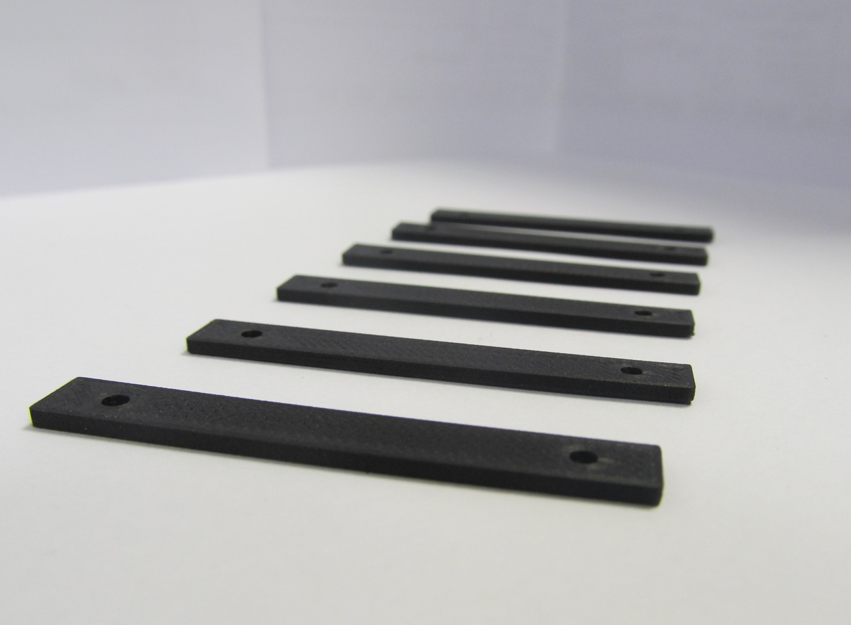Promoted content: Boost Your Productivity - Embrace the Power of Additive Manufacturing
Promoted ContentAdditive manufacturing solutions provider CREAT3D offers some top tips on how to successfully adopt additive manufacturing technology.
Despite enduring a series of challenges, UK manufacturers have proven their resilience. Now, the spotlight is on enhancing productivity and supply chains to fuel growth.
Picture cutting your lead times in half or more. Improvement rates of 98.5%, 97% and 98% are the kind of efficiency boost engineers dream of, and with Additive Manufacturing it's a reality.

Image (courtesy of Mecmesin Ltd - Part of PPT Group UK) showing a 3D printed nut plate bellows. Originally fabricated in sheet steel, 3D printing enables a 98.5 % leads time reduction (from 5 weeks to 12 hours) and 96% cost saving per unit.
As a direct result of using Additive Manufacturing, UK companies are achieving substantial savings in both time and cost. The bonus is that these results are just for a single application. Imagine the ripple effect it has on productivity gain, when it’s across 5, 10 or 15+ applications in your business.
Register now to continue reading
Thanks for visiting The Engineer. You’ve now reached your monthly limit of news stories. Register for free to unlock unlimited access to all of our news coverage, as well as premium content including opinion, in-depth features and special reports.
Benefits of registering
-
In-depth insights and coverage of key emerging trends
-
Unrestricted access to special reports throughout the year
-
Daily technology news delivered straight to your inbox










Water Sector Talent Exodus Could Cripple The Sector
Maybe if things are essential for the running of a country and we want to pay a fair price we should be running these utilities on a not for profit...